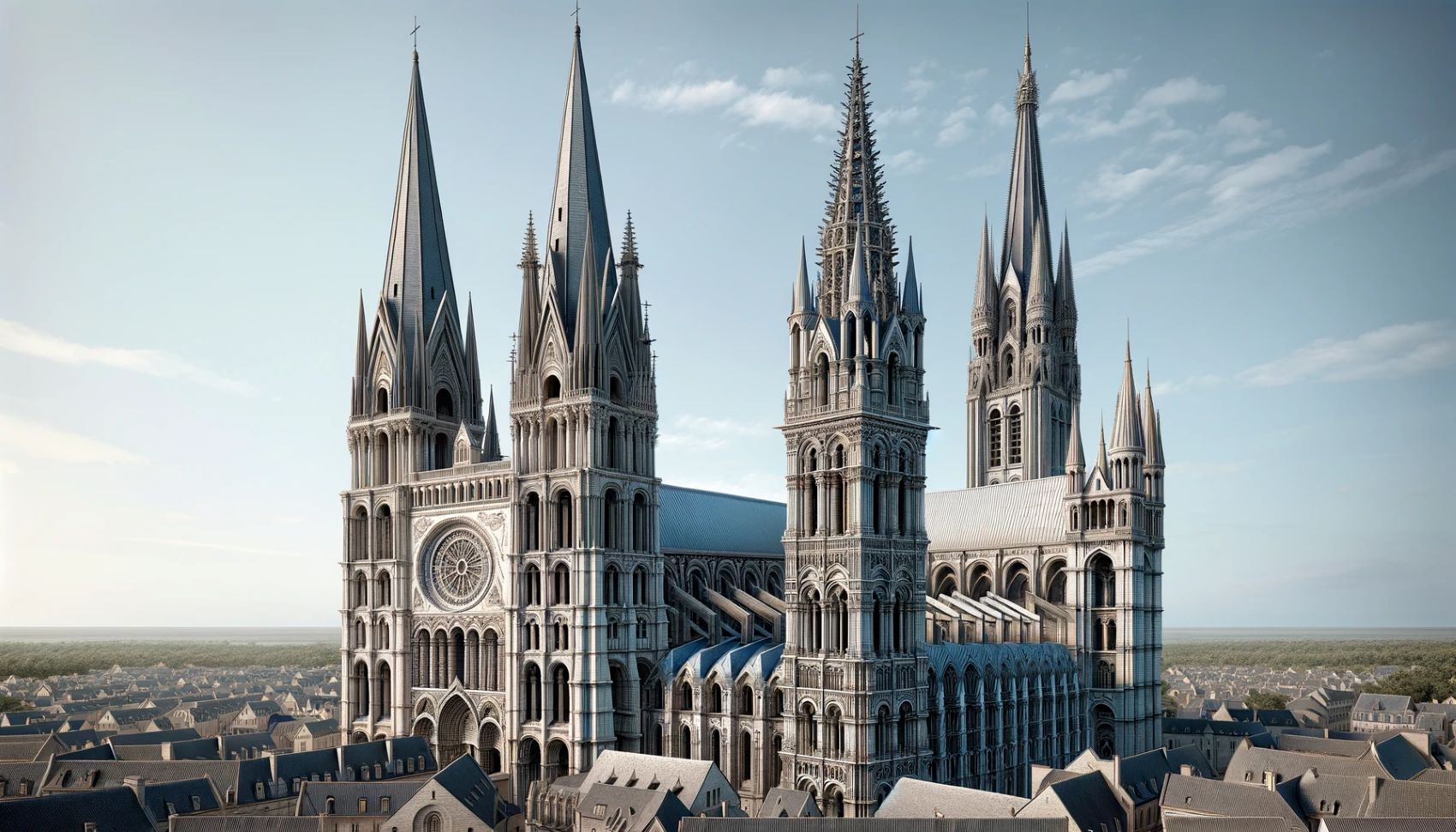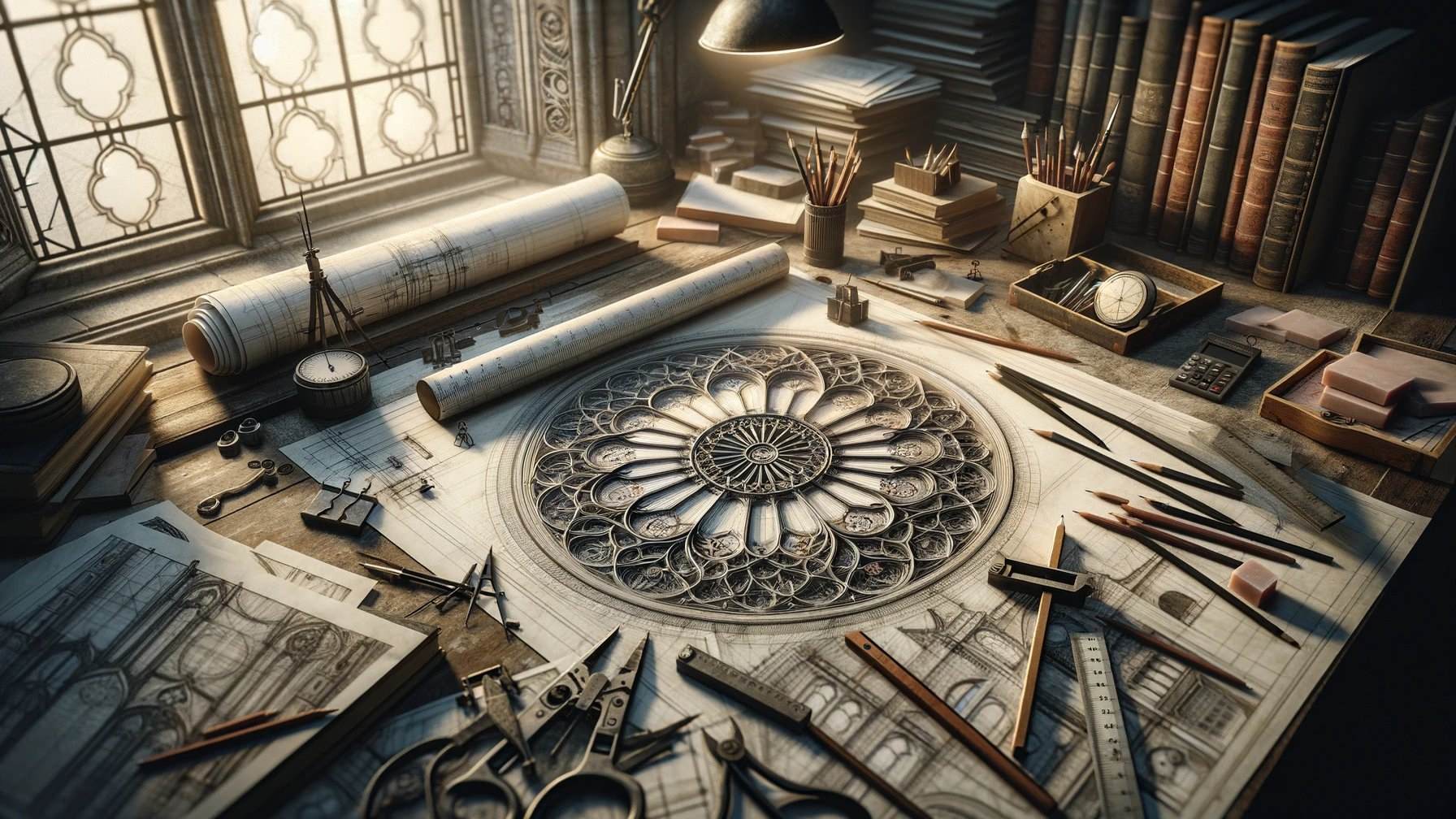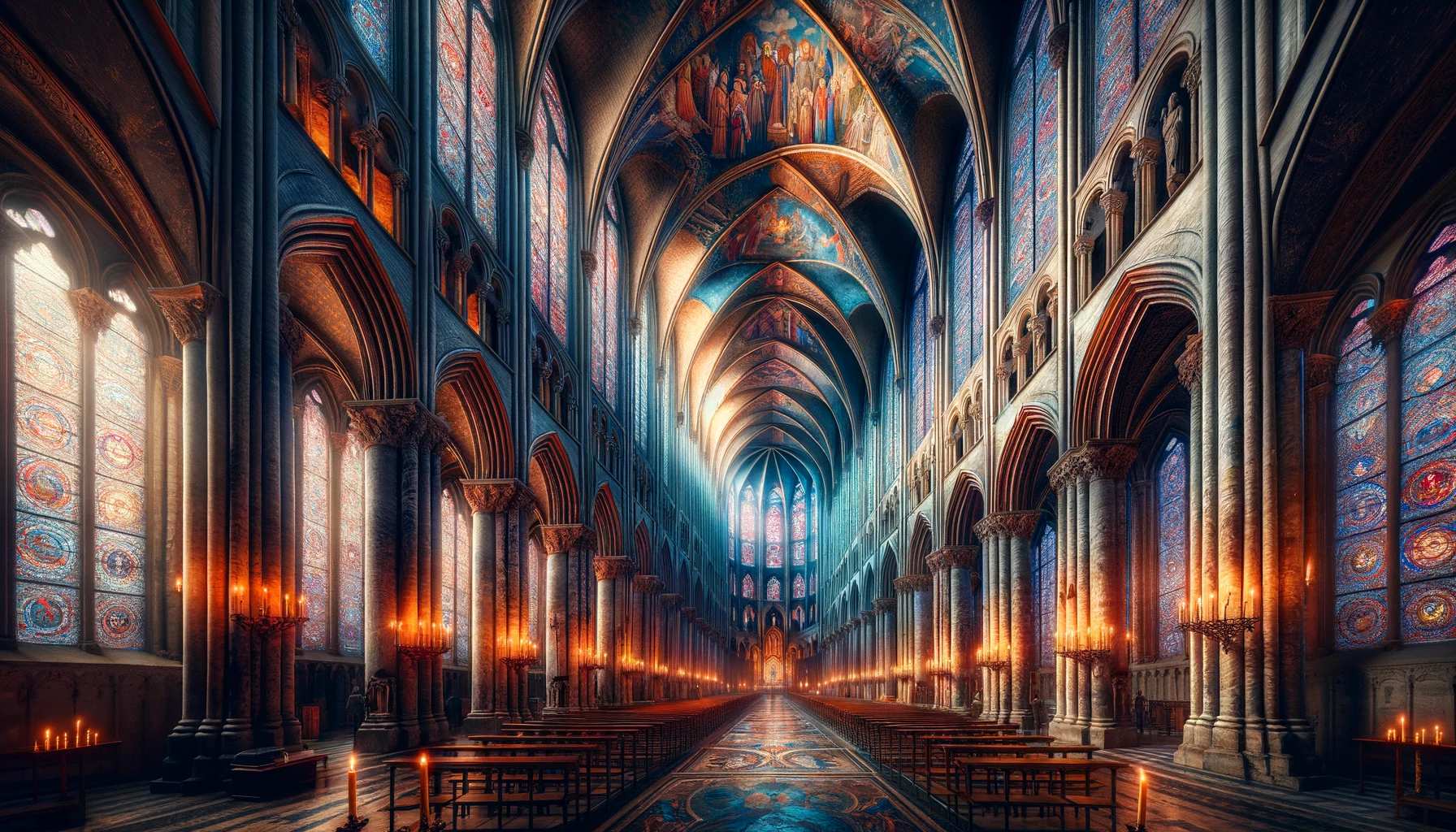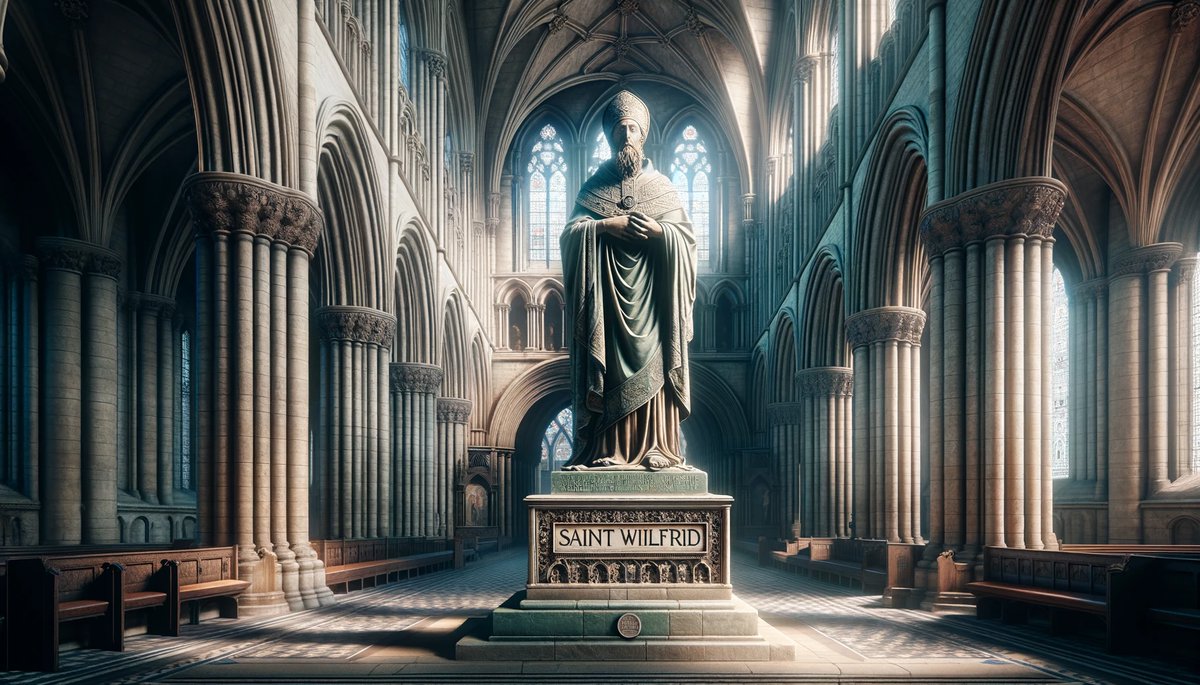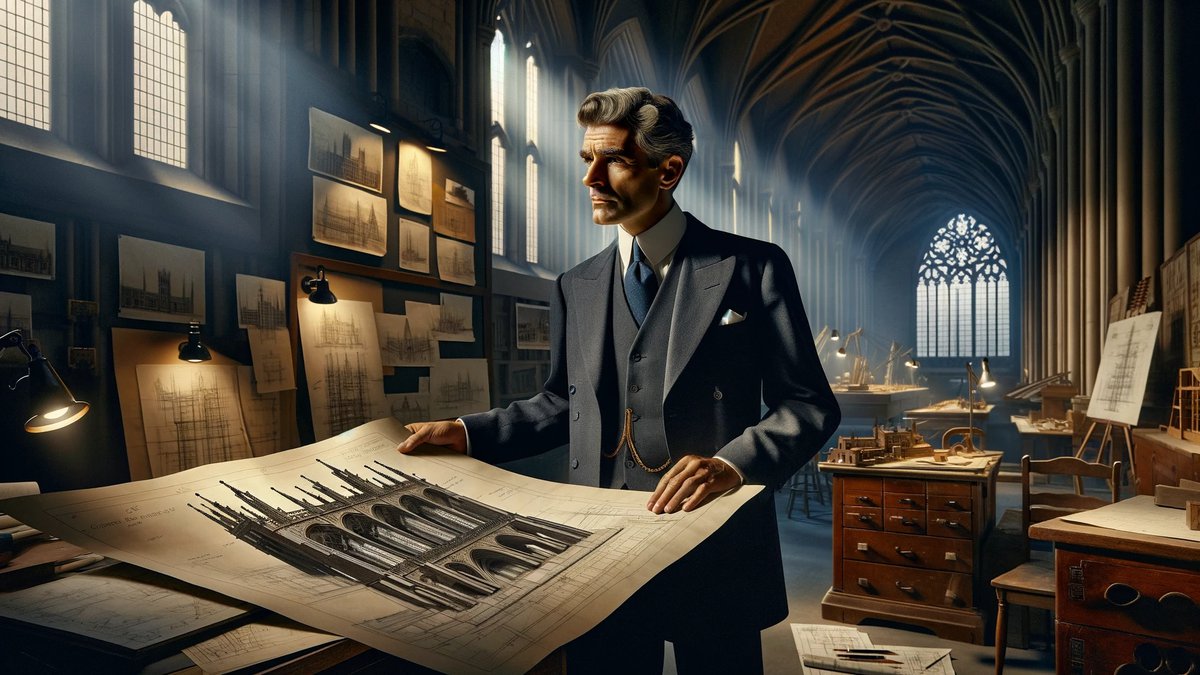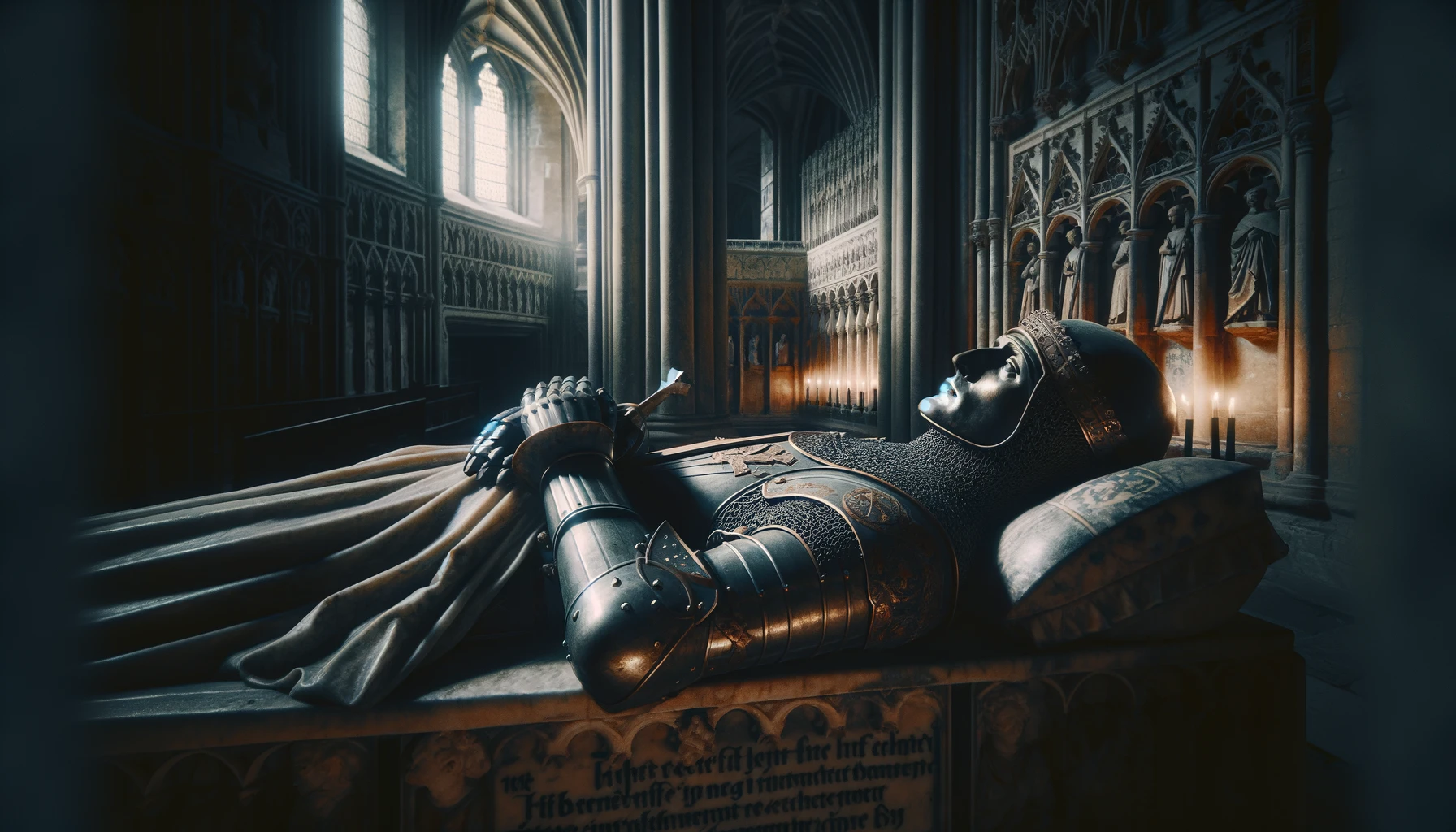Home>Arts and Culture>Who Created The Chartres Cathedral
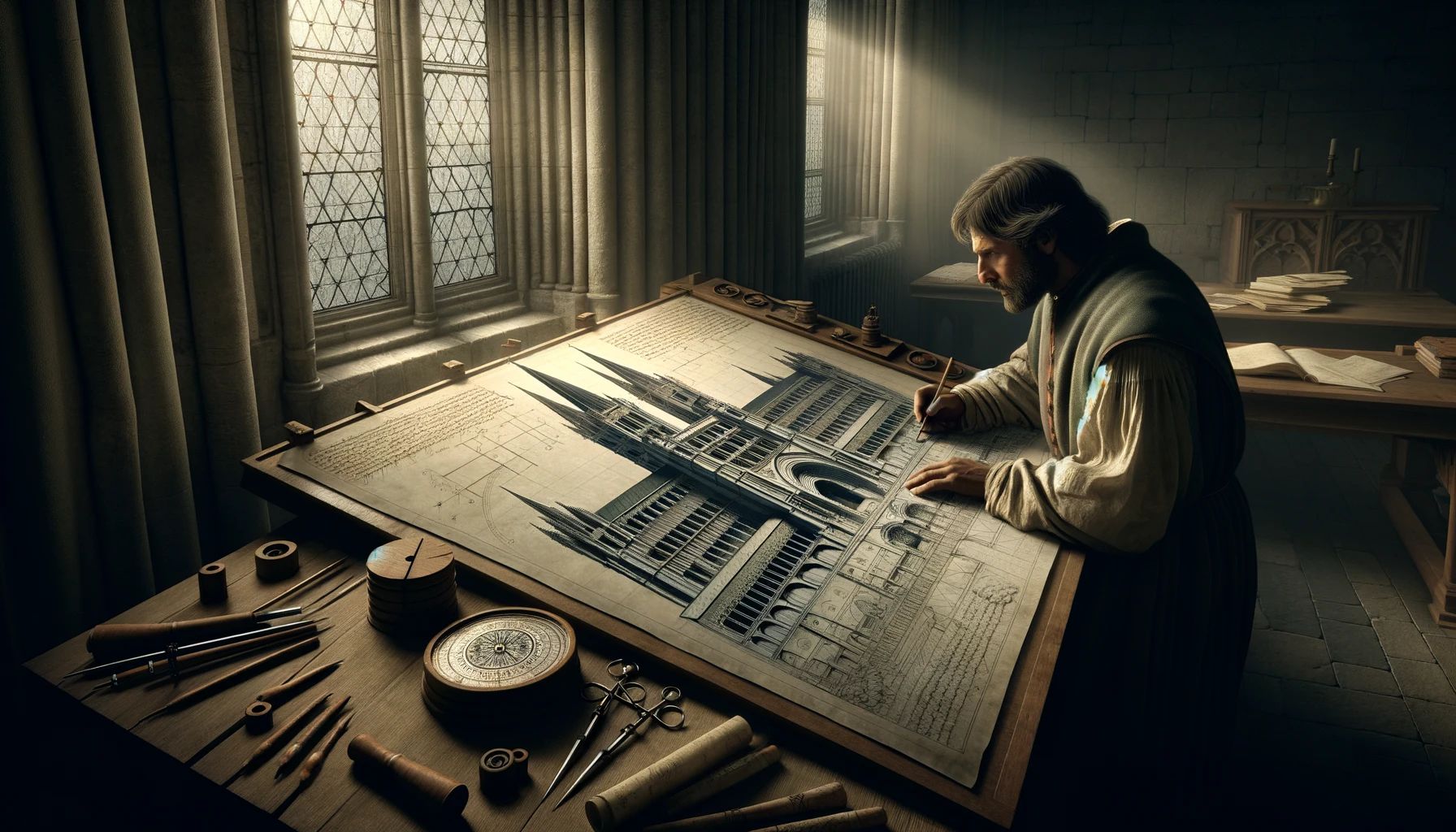

Arts and Culture
Who Created The Chartres Cathedral
Published: February 15, 2024
Peter Smith, Editorial Director at Christian.net, combines deep insights into faith, politics, and culture to lead content creation that resonates widely. Awarded for his contributions to religious discourse, he previously headed a major organization for religious communicators, enhancing dialogue on faith's societal impacts.
Discover the history and creators of the Chartres Cathedral, a masterpiece of arts and culture that has stood the test of time. Explore the architectural marvel and the visionaries behind its creation.
(Many of the links in this article redirect to a specific reviewed product. Your purchase of these products through affiliate links helps to generate commission for Christian.net, at no extra cost. Learn more)
Table of Contents
Introduction
The Chartres Cathedral, a masterpiece of Gothic architecture, stands as a testament to the ingenuity and artistry of the medieval era. This awe-inspiring structure, located in the picturesque town of Chartres, France, has captivated the hearts and minds of visitors for centuries. Its soaring spires, intricate sculptures, and stunning stained glass windows have earned it a well-deserved reputation as one of the most remarkable cathedrals in the world.
The history of the Chartres Cathedral is shrouded in mystery and legend, adding to its allure and mystique. From its early origins to the construction process and the theories surrounding its creators, the cathedral's story is rich with intrigue and fascination. As we delve into the depths of this architectural marvel, we will uncover the remarkable tale of its creation and the enduring legacy it has left on the world of art and culture.
The Chartres Cathedral is not merely a structure of stone and mortar; it is a living testament to the faith, creativity, and craftsmanship of the people who built it. Its significance extends far beyond its physical presence, serving as a symbol of spiritual devotion and human achievement. As we embark on a journey to unravel the mysteries of this magnificent edifice, we will gain a profound appreciation for the artistry and vision that brought it into existence.
Join me as we embark on an exploration of the Chartres Cathedral, a timeless masterpiece that continues to inspire and enchant all who behold its grandeur.
Read more: Where Is The Chartres Cathedral
Early History of Chartres Cathedral
The early history of the Chartres Cathedral is a tapestry woven with threads of legend and historical significance. The site on which the cathedral now stands has been a place of worship since ancient times, with the Romans building a temple to the Celtic goddess, Epona, on the same location. However, it was not until the 4th century that Christianity took root in the region, leading to the construction of an early Christian church on the site.
The cathedral's history took a dramatic turn in 876 when a fire ravaged the existing structure, leaving it in ruins. In the aftermath of this devastation, Bishop Gausbertus initiated the construction of a new cathedral, laying the foundation for the magnificent edifice that would later rise from the ashes.
The 12th century marked a pivotal period in the cathedral's history, as it became a major pilgrimage site due to the presence of the Sancta Camisa, believed to be the tunic worn by the Virgin Mary during the birth of Jesus. This relic drew pilgrims from far and wide, contributing to the cathedral's growing prominence and influence.
The cathedral's early history is also intertwined with the rise of Gothic architecture, a style that would come to define its majestic form. The construction of the current cathedral began in 1194, following the destruction of its predecessor in a fire. This marked the beginning of a monumental endeavor that would span decades and generations, culminating in the awe-inspiring structure that stands today.
The early history of the Chartres Cathedral is a testament to the enduring spirit of faith and resilience. It has withstood the ravages of time, war, and natural disasters, emerging as a symbol of hope and continuity. As we unravel the layers of its history, we gain a deeper appreciation for the cultural and spiritual significance that has shaped this architectural marvel.
The cathedral's early history serves as a bridge between the ancient world and the medieval era, offering a glimpse into the evolving forces of faith, art, and human endeavor. It lays the foundation for the remarkable tale of construction and creativity that transformed a vision into a timeless masterpiece.
Construction of Chartres Cathedral
The construction of the Chartres Cathedral was a monumental undertaking that spanned several decades, involving a remarkable display of architectural innovation, craftsmanship, and unwavering dedication. The cathedral's construction commenced in 1194, following a devastating fire that engulfed its predecessor. This marked the beginning of an ambitious project that would shape the skyline of Chartres and leave an indelible mark on the world of Gothic architecture.
One of the most remarkable aspects of the cathedral's construction was the speed at which it was completed. In a remarkable display of collective effort and determination, the main structure of the cathedral was finished in just 26 years. This rapid pace of construction was unprecedented for a building of such grandeur and complexity, reflecting the fervent devotion and commitment of the builders and artisans involved.
The construction of the cathedral was a collaborative endeavor that brought together skilled craftsmen, stonemasons, and artisans from across the region. These individuals worked tirelessly to bring to life the visionary design of the cathedral, contributing their expertise to every facet of its creation. From the intricate carvings adorning the façade to the soaring vaults that adorned the interior, each element bore the mark of their dedication and artistry.
The cathedral's construction also bore witness to the evolution of Gothic architecture, with its soaring spires, expansive windows, and ribbed vaults embodying the innovative spirit of the era. The use of flying buttresses, pointed arches, and rose windows showcased a departure from the Romanesque style, ushering in a new chapter in architectural history.
The construction of the Chartres Cathedral was not merely a feat of engineering and design; it was a testament to the unwavering faith and devotion of the people who built it. Their labor was infused with a sense of spiritual purpose, as they toiled to create a sacred space that would inspire awe and reverence for generations to come.
As the final stones were set in place and the last stained glass window was installed, the completion of the Chartres Cathedral marked a triumph of human creativity and ingenuity. Its construction stands as a testament to the enduring legacy of medieval craftsmanship and the timeless allure of Gothic architecture.
The construction of the Chartres Cathedral stands as a testament to the enduring spirit of human endeavor and the transcendent power of art and faith. It is a living testament to the vision and dedication of those who brought it into existence, leaving an indelible mark on the world of architecture and culture.
Architectural Features of Chartres Cathedral
The Chartres Cathedral stands as a pinnacle of Gothic architecture, boasting a myriad of breathtaking features that have captivated visitors for centuries. From its soaring spires to its intricate sculptures and stunning stained glass windows, every aspect of the cathedral's design reflects a harmonious blend of artistic vision and technical ingenuity.
The cathedral's exterior is adorned with an array of sculpted portals, each depicting a rich tapestry of biblical narratives and symbolic imagery. The West Facade, in particular, showcases a profusion of sculptures that narrate the stories of the Old and New Testaments, inviting visitors into a visual symphony of religious allegory and artistic expression.
One of the most striking features of the Chartres Cathedral is its collection of stained glass windows, renowned as some of the finest examples of medieval stained glass in the world. These luminous masterpieces depict a kaleidoscope of biblical scenes, saints, and martyrs, suffusing the interior with a celestial glow that transcends the boundaries of time and space.
The interior of the cathedral is a testament to the innovative spirit of Gothic architecture, characterized by its soaring vaults, slender columns, and expansive nave. The labyrinthine layout of the cathedral invites visitors to embark on a spiritual journey, culminating in the ethereal beauty of the choir and the transcendent grandeur of the rose windows.
The Chartres Cathedral is also distinguished by its iconic spires, which rise majestically towards the heavens, symbolizing the aspirations of the human spirit reaching towards the divine. These spires, along with the intricate flying buttresses that support the structure, exemplify the technical prowess and architectural daring of the medieval builders.
The architectural features of the Chartres Cathedral converge to create a transcendent symphony of form and function, uniting the earthly and the divine in a harmonious embrace. Every element, from the smallest gargoyle to the tallest spire, bears the imprint of human creativity and spiritual aspiration, inviting visitors to behold the timeless beauty of this architectural masterpiece.
The Chartres Cathedral stands as a testament to the enduring legacy of Gothic architecture, inspiring awe and reverence with its resplendent beauty and profound symbolism. It is a living testament to the vision and dedication of those who brought it into existence, leaving an indelible mark on the world of architecture and culture.
Theories on the Creator of Chartres Cathedral
The creation of the Chartres Cathedral has sparked a myriad of theories regarding the masterminds behind its awe-inspiring design and construction. While historical records provide valuable insights, the true identity of the cathedral's primary architect remains a subject of debate and speculation among scholars and enthusiasts.
One prevailing theory attributes the design and construction of the Chartres Cathedral to a mysterious figure known as "the Master Builder." This enigmatic individual is believed to have overseen the cathedral's construction, orchestrating a symphony of architectural innovation and spiritual symbolism. While the identity of the Master Builder remains elusive, some historians suggest that a succession of master craftsmen and artisans may have contributed to the cathedral's creation, each leaving their indelible mark on its magnificent structure.
Another theory posits that the Chartres Cathedral was a collaborative effort, guided by a collective of skilled artisans and craftsmen who pooled their talents to bring the cathedral to life. This hypothesis emphasizes the communal nature of medieval construction projects, highlighting the integral role played by a diverse array of craftsmen, including stonemasons, sculptors, glassmakers, and carpenters. It paints a portrait of collective creativity and shared expertise, reflecting the collaborative spirit that defined the era's architectural endeavors.
In contrast, some theories attribute the cathedral's design to a renowned master architect whose identity has been lost to history. This perspective suggests that a singular visionary, possessing unparalleled skill and artistic vision, conceived the grand design of the cathedral, leaving an enduring legacy that transcends the passage of time. While the identity of this master architect remains a tantalizing mystery, the impact of their creative genius is palpable in every facet of the cathedral's design.
The theories surrounding the creator of the Chartres Cathedral invite us to ponder the intricate web of human endeavor and artistic vision that gave rise to this architectural marvel. Whether the cathedral's design was the product of a singular visionary, a collective of skilled artisans, or the guiding hand of an enigmatic master builder, its enduring beauty and spiritual resonance continue to inspire wonder and admiration.
As we contemplate the theories surrounding the cathedral's creator, we are reminded of the profound mystery and enduring allure of this timeless masterpiece. The Chartres Cathedral stands as a testament to the transcendent power of human creativity and the enduring legacy of medieval craftsmanship, inviting us to marvel at the enigmatic genius that brought it into existence.
Read more: Why Was The Chartres Cathedral Built
Conclusion
The Chartres Cathedral stands as a testament to the enduring spirit of human creativity and the transcendent power of art and faith. From its enigmatic origins to the soaring heights of its spires, every facet of the cathedral's design and construction reflects a harmonious blend of artistic vision and technical ingenuity. Its early history, marked by resilience and devotion, serves as a testament to the enduring spirit of faith and the unwavering commitment of those who sought to create a sacred space that would inspire awe and reverence for generations to come.
As we trace the evolution of the cathedral's construction, we are drawn into a world of collective effort and determination, where skilled craftsmen and artisans labored tirelessly to bring to life the visionary design of the cathedral. The completion of the Chartres Cathedral marked a triumph of human creativity and ingenuity, leaving an indelible mark on the world of architecture and culture.
The architectural features of the Chartres Cathedral converge to create a transcendent symphony of form and function, uniting the earthly and the divine in a harmonious embrace. Every element, from the smallest gargoyle to the tallest spire, bears the imprint of human creativity and spiritual aspiration, inviting visitors to behold the timeless beauty of this architectural masterpiece.
The theories surrounding the creator of the Chartres Cathedral invite us to ponder the intricate web of human endeavor and artistic vision that gave rise to this architectural marvel. Whether the cathedral's design was the product of a singular visionary, a collective of skilled artisans, or the guiding hand of an enigmatic master builder, its enduring beauty and spiritual resonance continue to inspire wonder and admiration.
In conclusion, the Chartres Cathedral stands as a timeless testament to the enduring legacy of medieval craftsmanship and the transcendent power of human creativity. Its resplendent beauty and profound symbolism continue to inspire awe and reverence, inviting visitors to embark on a journey through the annals of history and behold the enduring legacy of this architectural masterpiece.

